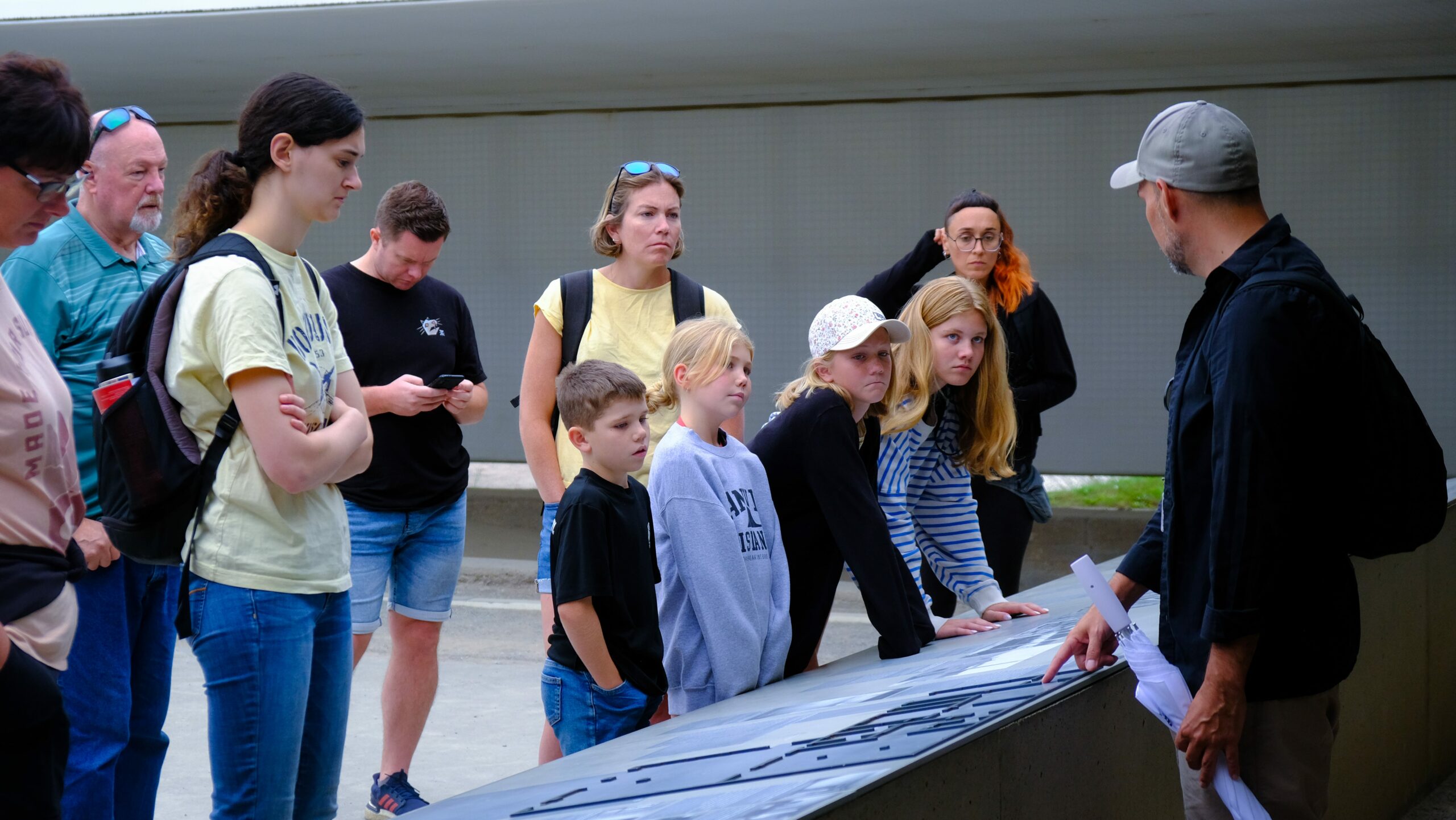World War II inflicted major devastation on numerous global cities and Berlin suffered extensive destruction alongside them. The headquarters status of Nazi Germany placed Berlin under constant bombing threat during wartime operations. The city underwent a permanent transformation while its people endured severe difficulties because of this conflict. This article investigates the extent of World War II damage that occurred in Berlin.
The Bombing Campaigns
During 1940 Allied forces launched aerial attacks against Germany where Berlin received special emphasis as a key target. These military campaigns worked toward interrupting the functionality of the German military system while simultaneously cutting down public morale. Berlins population suffered through multiple air raids that caused severe damage to multiple infrastructure components and destroyed large parts of civilian residential areas.
The Battle of Berlin
In the last months of World War II Berlin suffered its most damaging blow through the Battle of Berlin. The bitter German defense failed to stop the Soviet forces who conquered Berlin during May 1945.
Extent of Destruction
Eighty percent of Berlin’s urban area had completely been reduced to ruins. The city suffered a destructive outcome because 20% to 25% of Berlin received complete destruction while 60% to 70% sustained different levels of damage. The bombing destroyed about 60 percent of Berlin while 20 percent was totally flattened.
The bombings attacked military installations together with industrial complexes yet the destruction was more widespread than the strategic targets. The bombing attacks severely harmed both residential real estate and cultural landmarks together with historical buildings. The Brandenburg Gate and Reichstag along with numerous other famous structures became heavily damaged as they needed complete reconstruction.
Rebuilding Berlin
The Allied bombing left Berlin with an immense challenge to reconstruct its entire city that lay in complete destruction. The reconstruction efforts were laborious because Germany and Berlin both faced division which made the process particularly prolonged. The construction of the Berlin Wall during 1961 made it harder for city restorers to rebuild the area.
Berlin became successful in emerging from its destroyed state. The city went through significant reconstruction operations which combined urban renewal strategies. The city dedicated resources towards bringing back its historical monuments to their original state combined with new buildings built in contemporary styles throughout restored Berlin.
People who visit Berlin today can observe the successful construction projects that have restored the city after its destruction. Various renowned sites underwent detailed restoration work so people from the local community and visitors can experience Berlin’s rich historical heritage.
Conclusion
The destruction caused by World War II resulted in major parts of Berlin experiencing catastrophic damage throughout the city. The determination of Berliners and their ability to endure allowed the capital to restore itself into its current successful state. The marks from battle remain visible across the city to remind people about its turbulent history from the past.
Table of Contents

